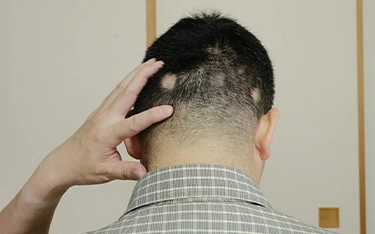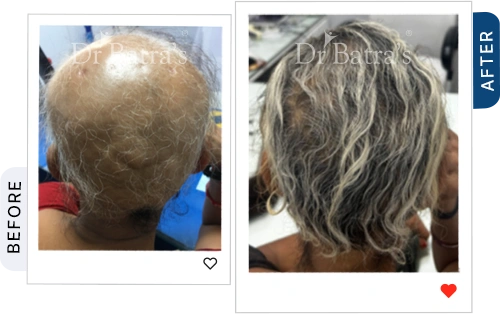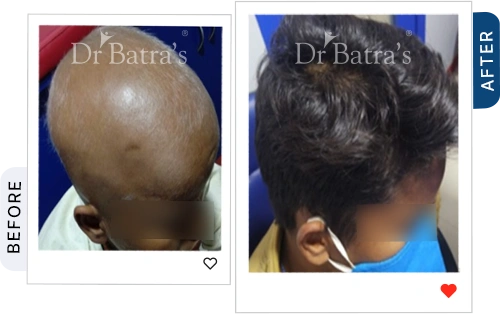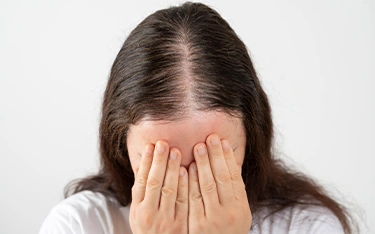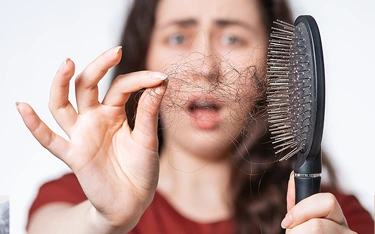FAQs
What causes alopecia areata?
Alopecia areata is an autoimmune condition where the immune system mistakenly attacks hair follicles, causing hair loss in patches.
Can stress trigger alopecia areata?
Yes, high stress levels can contribute to immune system dysfunction, potentially triggering or worsening alopecia areata.
Does alopecia areata happen due to vitamin deficiencies?
While deficiencies in vitamin D, iron, or zinc may weaken hair health, alopecia areata is primarily an autoimmune disorder.
Can infections or illnesses cause alopecia areata?
Certain infections, viral illnesses, or other autoimmune diseases may act as triggers by overactivating the immune response.
Does hormonal imbalance lead to alopecia areata?
Hormonal changes don’t directly cause alopecia areata, but conditions like thyroid disorders can contribute to hair loss.
